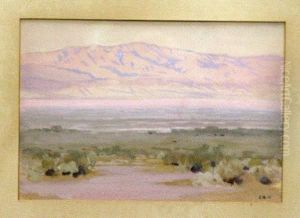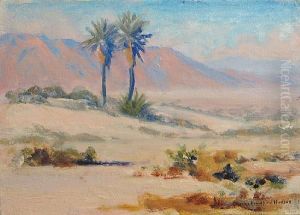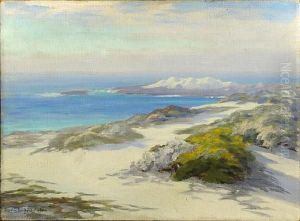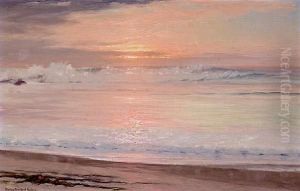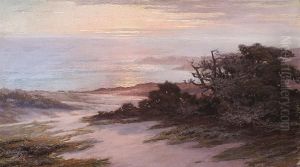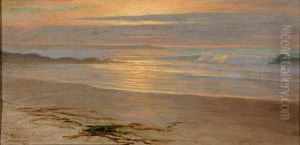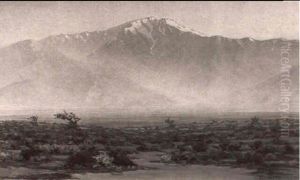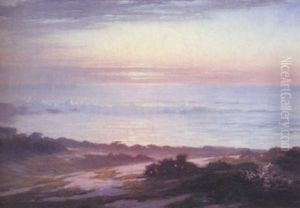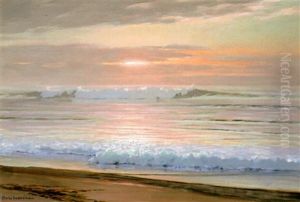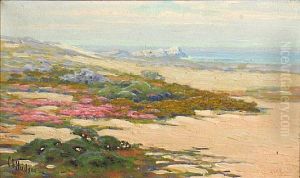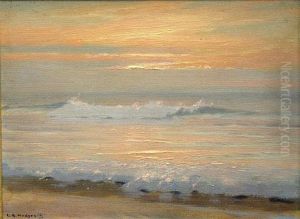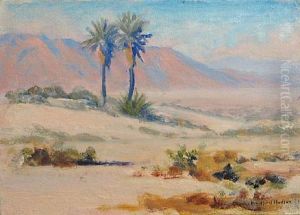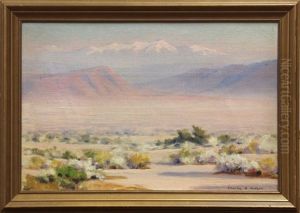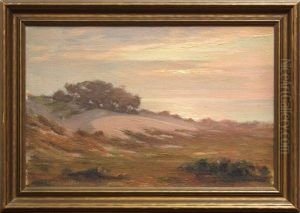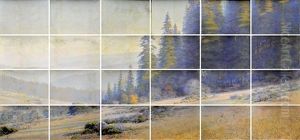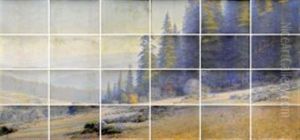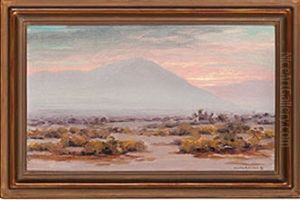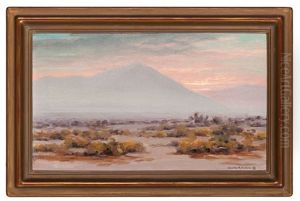Charles Bradford Hudson Paintings
Charles Bradford Hudson was an American artist, illustrator, and writer known for his diverse talents and contributions to the arts during the late 19th and early 20th centuries. Born on May 20, 1865, in Leonidas, Michigan, Hudson developed an early interest in nature and the outdoors, which would later greatly influence his artistic work.
Hudson pursued his passion for art by studying at the Corcoran School of Art in Washington, D.C., and later at the Art Students League in New York City. His education and skill enabled him to work as an illustrator for various publications, including popular magazines such as 'Harper's', 'Scribner's', and 'The Saturday Evening Post'. His illustrations often featured wildlife and outdoor scenes, reflecting his love for nature.
In addition to his work as an illustrator, Hudson was also an accomplished painter. He traveled extensively, drawing inspiration from his adventures, which included trips to the Arctic and the American Southwest. His travels not only provided subject matter for his artwork but also for his writing. Hudson authored several books and articles on natural history and his travel experiences, blending his artistic talents with his storytelling abilities.
Charles Bradford Hudson's art was well received in his time, and he participated in several exhibitions, including those at the Society of Washington Artists, where he was a member. His work is characterized by a keen observation of the natural world and a refined technique, which can be attributed to his academic training and his genuine affinity for the wilderness.
Hudson's career spanned several decades, during which he witnessed significant changes in the art world, including the transition from the popularity of detailed illustration to the rise of photography. Despite these changes, he remained dedicated to his craft until his death on August 4, 1939, in Washington, D.C. Today, Hudson's work is a testament to his versatility as an artist and his deep appreciation for the natural environment.
